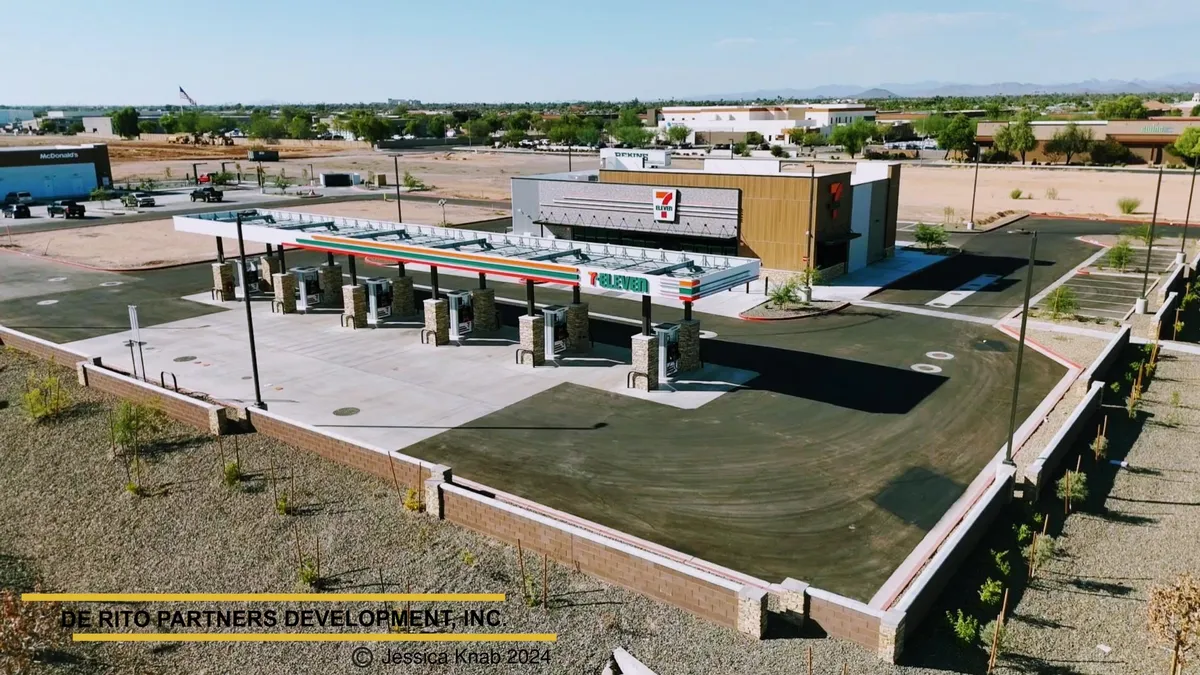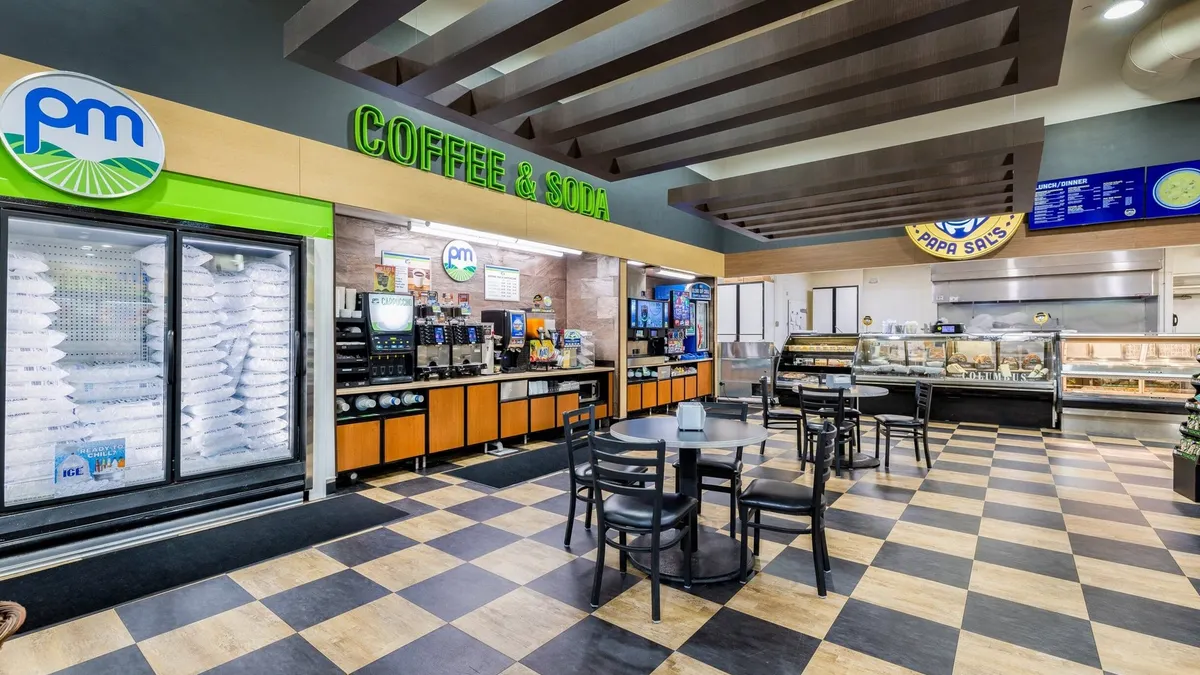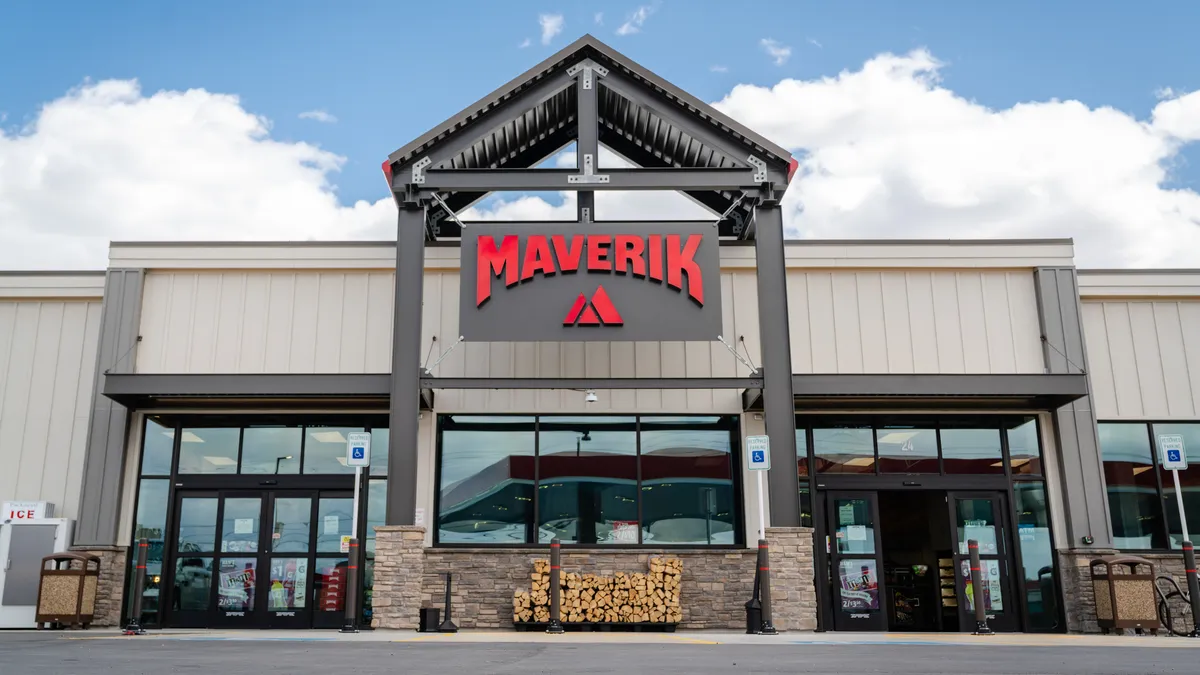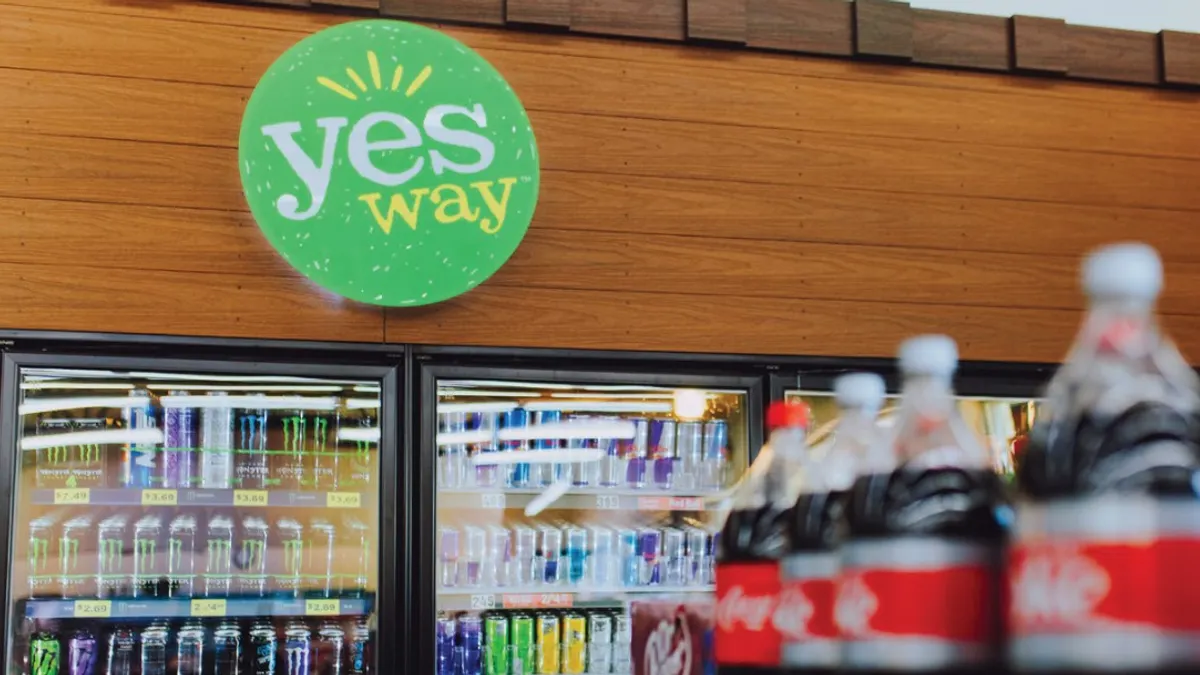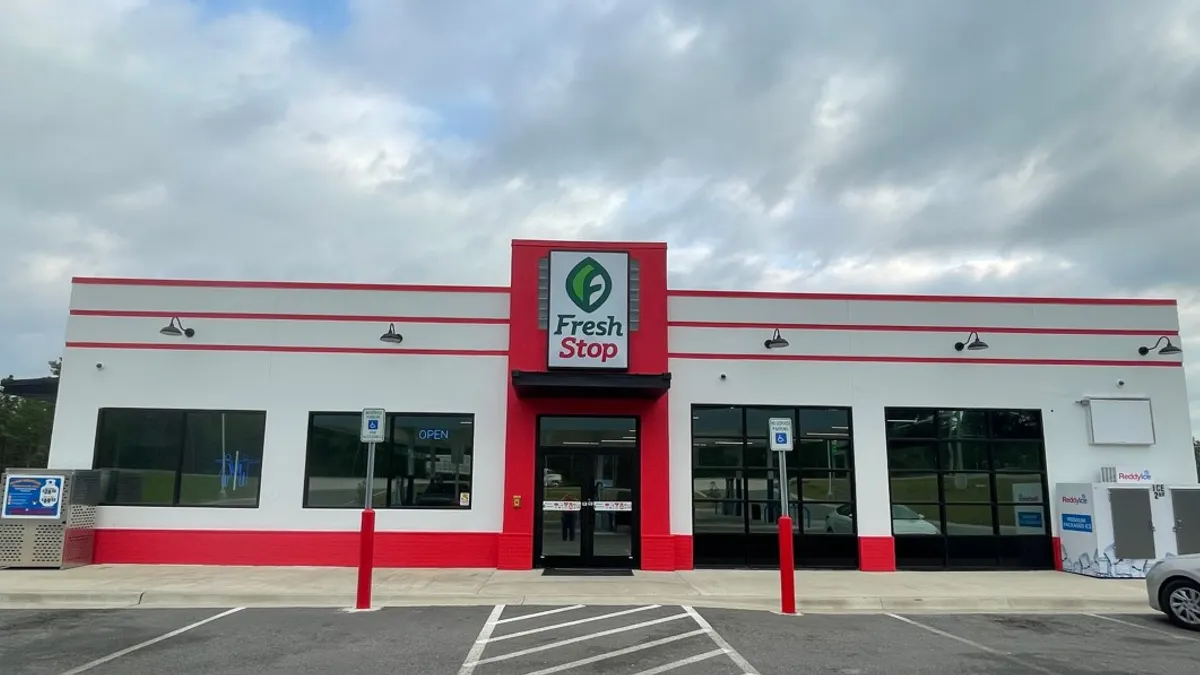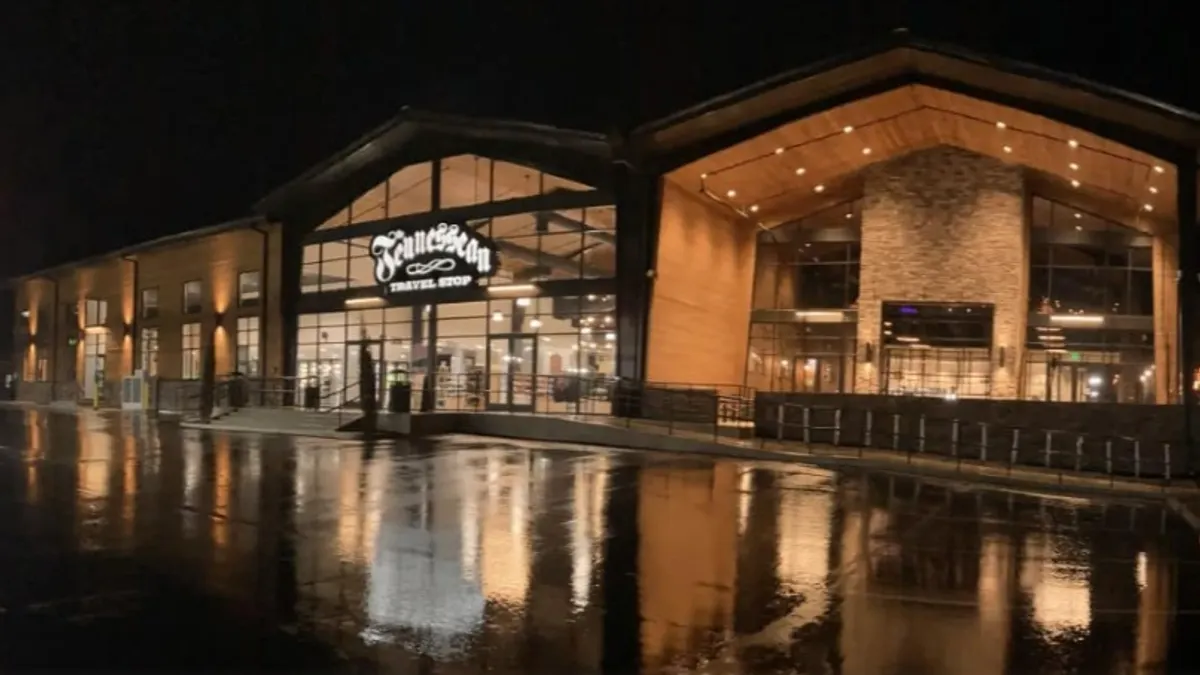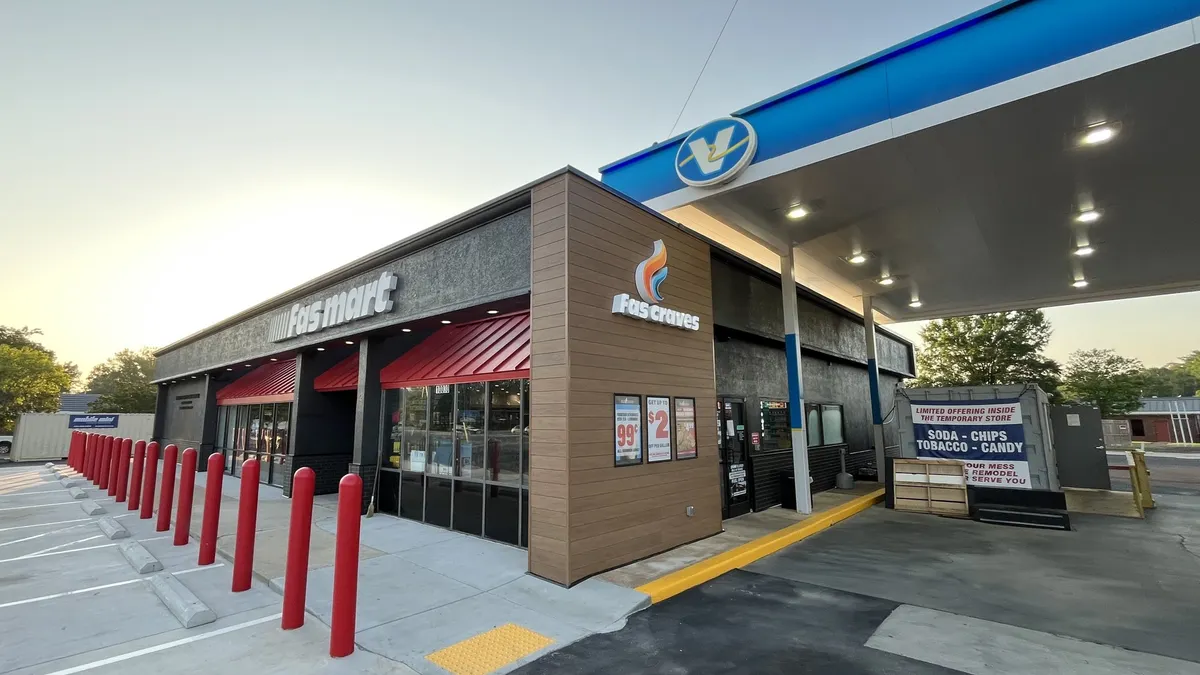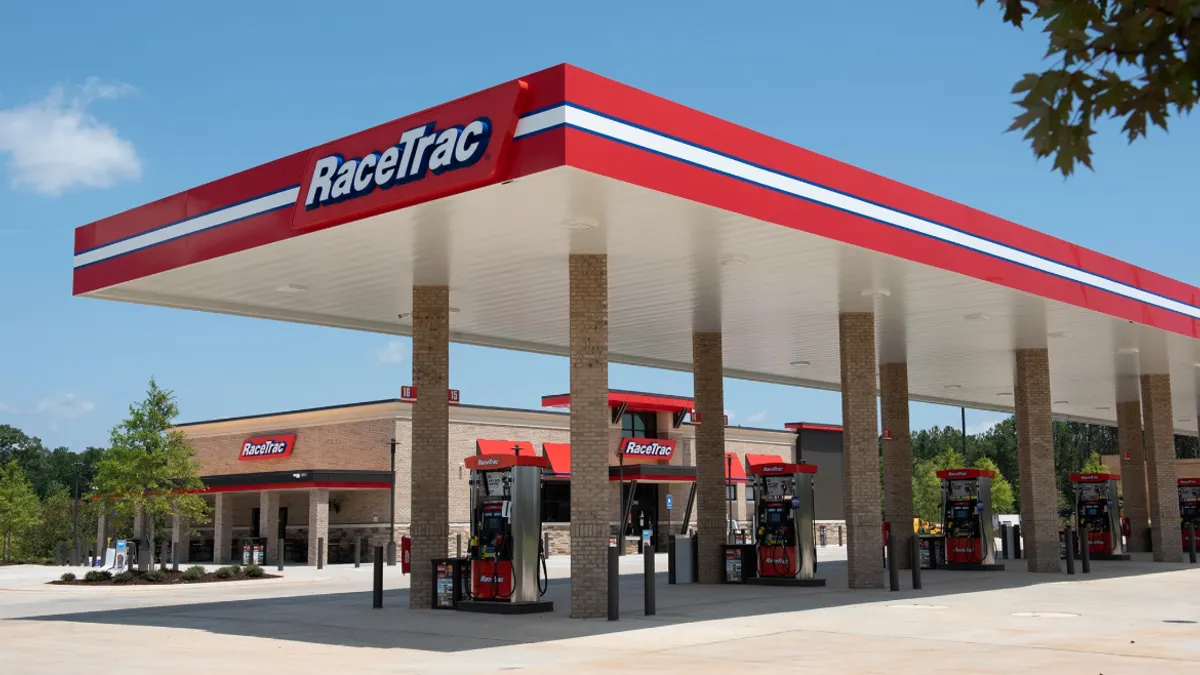How can convenience store operators know where to open a new store for maximum success? Increasingly, operators are turning to data to vet potential sites, though experts say there’s still a lot to be said for old-fashioned boots-on-the-ground research.
Travel center company Love’s Travel Stops & Country Stores may have some ideas. In April, Love’s opened its 25th store in Missouri and its 658th overall.
“All factors are important when making a decision on new sites,” said Chad Bruner, director of real estate for Love's. “Traffic certainly is the most important factor, but after that we make sure sites fit well into our network.”
And technology is a part of that, he said.
“It’s a mistake to not use all the tools at your disposal when performing due diligence on a new location [that] can have costly consequences in the long term,” Bruner said.
Site studies
Bill Stinneford, executive vice president with customer and predictive analytics firm Buxton, said convenience retailers typically come to his company because they’re expanding and want to know more about new markets.
“What can look good on the surface, if you’re not using the right data and analytics, can be a very expensive mistake,” he said.
Getting the data on a specific site is vital. Buxton scores sites in a potential market and highlights which will likely see the best sales volume, experience the most favorable traffic patterns and be located at the best intersections for traffic, so retailers “can visualize where the best opportunities are,” said Stinneford. “If you don’t have that you’re really just going off of opinion.”
Kalibrate, a retail analytics platform, has worked with clients like 7-Eleven and Circle K to site stores. It starts by figuring out what retailers want offer — from fuel to foodservice — then uses its analytics and forecasting models to hone in on sites that would generate enough revenue to be sustainable.
“You have to understand what drives the business, and then you take that model and look at how it works in this market, with these competitors,” he said.
The company can also run an analysis to see how the store will perform by looking at the performance of other stores already in the area.
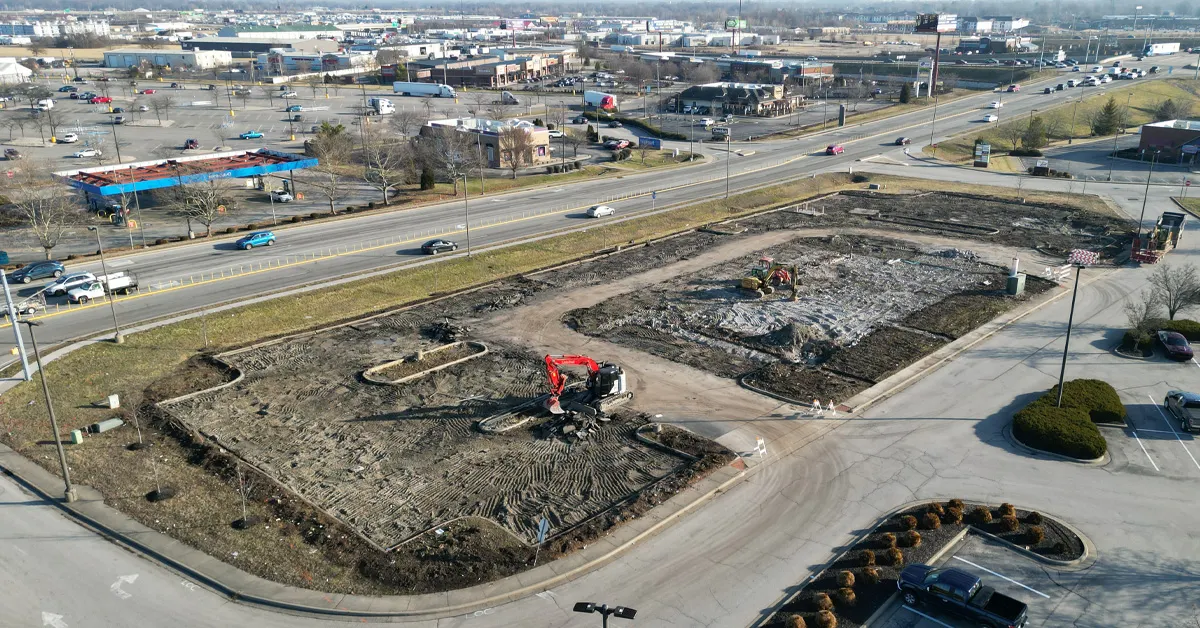
Understanding the customer
One of the most important things to look at is a c-store site’s potential customers. Buxton looks at where people in the area are coming from at different times of the day. It can delve into the demographics of these people and where they’re living, working and driving, then find locations where c-stores could serve them, said Stinneford.
Data from a convenience store chain’s loyalty program can be invaluable, he pointed out, but if the company doesn’t have one, Buxton can gain a lot of information by geofencing a location and seeing who comes by, at which times of day, and what their demographics and lifestyles look like.
Kalibrate also uses mobility data to geofence locations and get information on the surrounding population, like ethnicity, age, demographics and income. It shows the potential reach of the site and the trade area a store could draw from.
It’s important too, Buchanan said, to know what other establishments are nearby, like schools, businesses and churches. If there’s a lot of commercial activity, for example, there might be more demand for diesel. And knowing what’s nearby can go a long way towards predicting when your convenience store is likely to be busiest.
Buxton has invested heavily in AI, which helps it bring more insights to its customers. Machine learning, Stinneford said, “allows you to crunch through testing data much more quickly.”
And now, he adds, it’s actually learning and suggesting improvements. For example, it can take on the persona of the typical customer of the store, then Buxton can ask it questions.
“It knows who it is based on all the data it’s been fed and can give insights,” said Stinneford.
Evaluating the competition
Before committing to a new site, it’s essential to consider the nearby competition. Convenience stores may have multiple competitors — not just other gas stations, but also grocery stores, quick serve restaurants and even liquor stores.
It’s important to not just understand what’s already in the area, but also ask, “do certain brands hurt you worse than others?” said Stinneford.
There’s also the restaurant row effect. If three restaurants or stores are clustered together, is it better to be with them because there’s a draw, or a mile away?
And when seeking locations in a market they’re already in, retailers have to analyze whether a new site might cannibalize their own business, said Buchanan.
“It might be a great site,” said Buchanan. “But if half the sales come from your own sales, it’s not so good.”

Going on instinct
Technology is really helpful in determining a new site, but there’s an element of trusting your gut and knowing the local market, too.
Technology, said Love’s Bruner, “can’t see everything that’s important when considering a site. That’s why site visits are a critical step in the due diligence process.”
Grant Gafford, principal with Wheelhouse Commercial Development, works on site selection with convenience chains of all sizes. While he uses software solutions to examine sites, he also relies a lot on the local knowledge of markets.
“You still have to be boots-on-the-ground to see what the benefits of a site are,” he said. “There are only so many things technology can do.”
Traffic is the main driver for a site, followed by population density, he pointed out. Also important: access to the site. Ideally, drivers should be able to take a right turn to enter, and it should have good ingress and egress and plenty of visibility. He also likes locations where people have a lot of disposable income because “they’re less price sensitive,” he explained.
At the end of the day, companies like Kalibrate don’t provide a hard yes or no on a site, instead providing data to suggest what business will be like. Sometimes companies override the data, Buchanan said.
“It’s not black and white about what the numbers say,” he said. “People still use their gut. There’s things the local person might know about the community that we don’t.”

